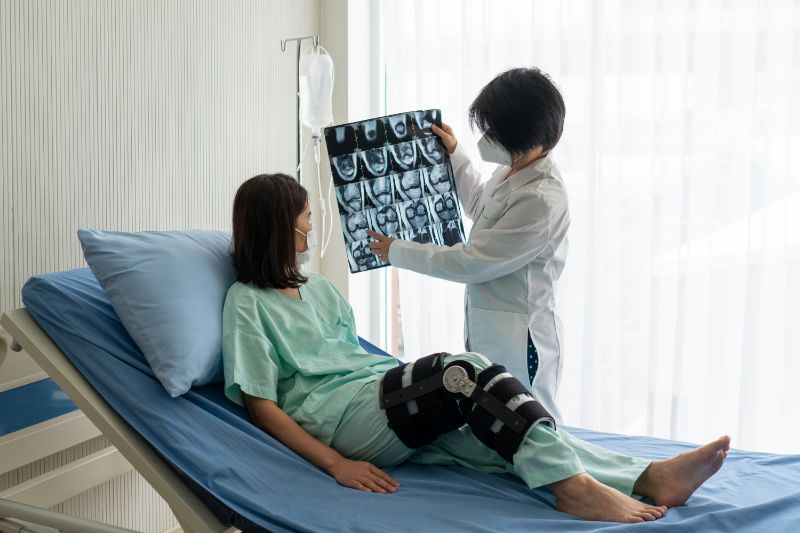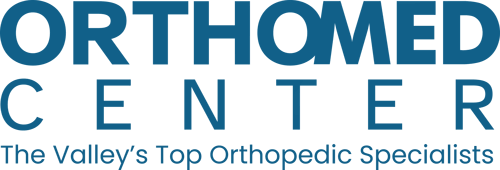Within orthopedics, trauma care refers to treating the entire spectrum of injuries, from simple fractures to severe, life-threatening accidents involving multiple broken bones. While general orthopedic surgeons can treat many fractures and injuries, some injuries need specialized care from fracture specialists.
Trauma is typically defined as injuries caused by an external source, such as a fall, vehicular accident, sports injuries, etc. Orthopedic trauma is categorized as a severe injury to any element(s) of the musculoskeletal system, including muscles, joints, ligaments, bones, and soft tissue. This type of injury is generally severe and can often be life-threatening or life-altering. In such cases, care from an orthopedic trauma surgeon can make a crucial difference.
Trauma surgery is a subspecialty of orthopedic medicine that requires fellowship training beyond an orthopedic surgery residency. Orthopedic trauma physicians receive specialized training in orthopedic surgery, focusing on treating fractured bones and realigning joints to promote the safe recovery and return of functionality to injured body parts. They receive training about the anatomy of the entire human body, while other orthopedic specialists may focus on one or two specific areas. Trauma surgeons often treat patients with multiple broken bones and fractures near a joint, like a hip, knee, or shoulder.
At OrthoMed Center, our Orthopedic Trauma surgeon, Dr. William Holmes, treats any type of musculoskeletal injury involving the joints, muscles, nerves, bones, ligaments, soft tissues, tendons, and skin. Such injuries may include dislocations, fractures, lacerations, and torn ligaments, to name a few.
During your appointment, Dr. Holmes will provide you with an immediate diagnosis of the injury, corrective treatment, and medication, if needed. He’ll also discuss your long-term options for recovery.
A dislocation is a condition that happens when the bones of a joint are knocked out of place as a result of a fall or a blow, or sometimes from playing a contact sport, such as basketball, hockey, football, and soccer. This painful injury temporarily deforms and immobilizes your joint.
You can dislocate your finger and toe joints as well as your ankles, elbows, hips, jaw, knees, shoulders, and wrist. The most commonly dislocated joint is the shoulder.
Dislocations are very common sports injuries.
You should treat a dislocation as an emergency and seek prompt medical attention to return your bones to their proper positions.
While you wait to see a doctor, you should ice the joint and keep it immobile. You can also take ibuprofen for the pain. You will have discomfort until the dislocation is put back into place. Only trained medical professionals should do this. Do not attempt to move or jam a dislocated bone back in place yourself, as you can damage blood vessels, muscles, ligaments, and nerves.
Fractures or broken bones are common home injuries, sports injuries, and workplace injuries. They may involve the ankle, foot, hand, hip, knee, scaphoid (part of the carpal navicular, located in the palm), shoulder, or wrist. The word fracture is the clinical term for a break in a bone. Broken bones can range in severity from hairline fractures, which are small cracks in the bone, to compound fractures, where the broken bones puncture the skin.
There are several treatment options available for bone fractures. The right treatment for you depends on the extent of your injury.
In most cases, fractures are treated with a cast, splint, or brace, which keeps the broken bones from moving while they heal. Casts don’t heal broken bones on their own, but instead, they help the bones heal straight. Once bones are set, casts can be applied so that they don’t move. Even broken bones that don’t line up (called displaced) often heal straight over time.
If broken bones don’t heal properly with casting or splinting alone, surgery may be required. Surgery is recommended for compound fractures where the bone is sticking through the skin and for fractures that involve joints, such as wrists and ankles.
A laceration implies a torn or jagged wound that varies in length. If a laceration is longer than a ½ inch or deeper than a ¼ inch, it is best to have it checked out, as it may require stitches, sutures, or staples to close completely and safely heal a laceration.
Also, patients with circulation problems or diabetics should always seek medical attention for open wounds, as they may require additional treatment to prevent infection.
You should see an orthopedic specialist for lacerations because some lacerations may involve tendon and nerve damage. Sometimes these lacerations aren’t always immediately noticeable and can take days or weeks for such nerve or tendon damage to show up. Orthopedic specialists would be more apt to catch these and provide the immediate care you need.
Orthopedic specialists can also treat hand injuries that involve fingertip and nail bed lacerations. If these aren’t treated properly and sensitive areas where bone and nerves are affected when exposed, these injuries can lead to hand function problems, permanent deformities, or even disability.
A torn ligament is a common sports-related injury, but you can also sustain such an injury in accidents or from general wear and tear. Tears or strains in a ligament occur if a joint becomes overstretched or is twisted. Ligaments can have incomplete tears or total tears. An incomplete tear may feel like a severe strain, while a total tear can be as painful as a broken bone.
Ligaments are tough, stretchy, dense bands of fibrous tissue that connect two or more bones at a joint. They give your joints support and limit their movement. Ligaments are viscoelastic, meaning that the ligament slowly lengthens during tension and returns to its original structure when the tension is gone. You have ligaments around your ankles, elbows, knees, shoulders, and other joints.
The most commonly injured ligaments are ankles and knees. A torn ligament of the ankle is usually the result of a joint twist (tear, stretch, or a complete rupture) of the ligaments that join the bones of the ankle. A torn ligament of the knee is usually the result of a sudden twisting motion (anterior cruciate ligament) or a direct impact on the site (posterior cruciate ligament) resulting from a football tackle or motor vehicle accident.
Other commonly injured ligaments include the shoulder and wrist. A torn ligament of the shoulder (glenoid labrum tear) is often due to a repetitive motion of the shoulders (e.g., throwing a ball, weightlifting) or from an acute trauma (e.g., a shoulder blow, a violent reach over the head to prevent a fall, a falling over on an extended arm, etc.). A torn ligament of the wrist is often due to a wrist twist or torque, which usually happens because the reflex is to extend out the hand to support or break a fall.
There are several ways to treat a torn ligament. Depending on the severity of your injury, your doctor may recommend either first aid, medications, physical therapy, or arthroscopic surgery. More severe cases may require open surgery.
Dr. William Holmes is our highly respected and experienced traumatologist at OrthoMed Center. His expertise in orthopedic trauma care has turned many patient’s lives around after serious injuries. If you would like to schedule a consultation with Dr. Holmes at OrthoMed Center, please call (209) 524-4438. You may also request an appointment online.



